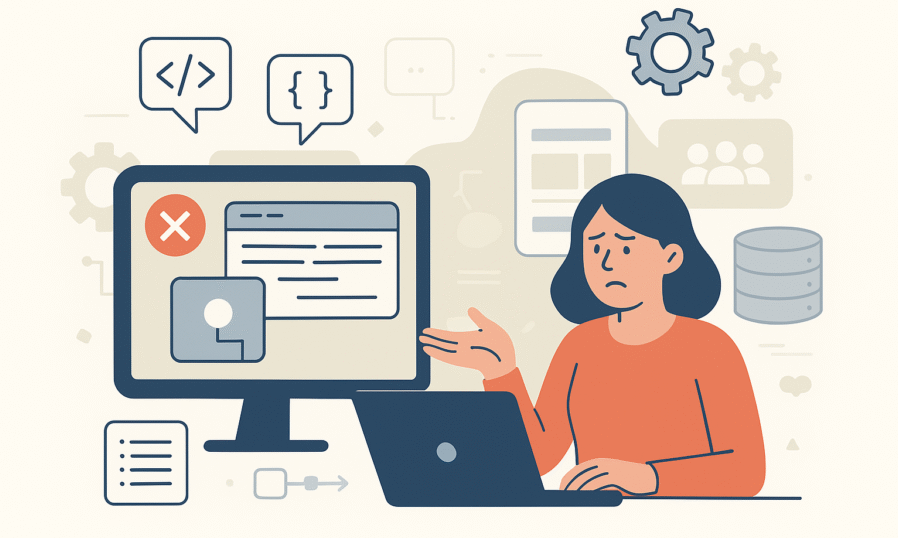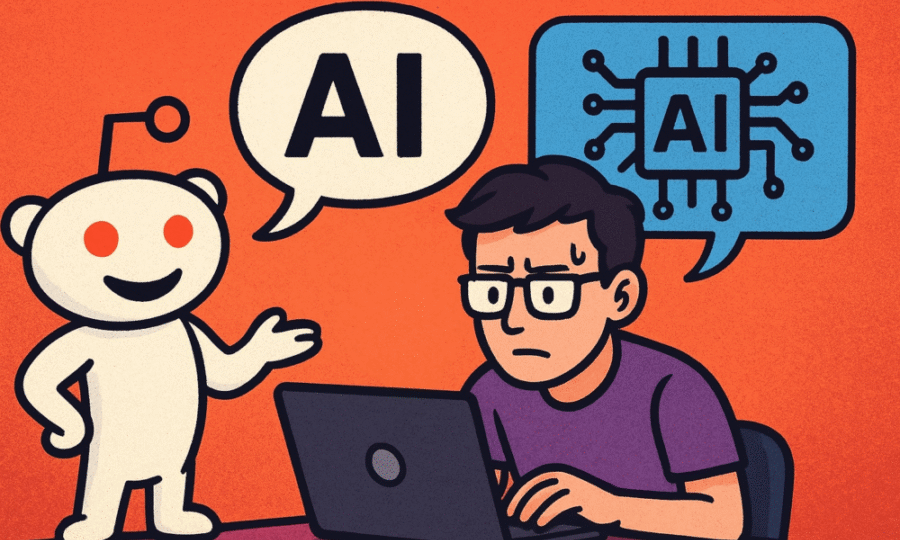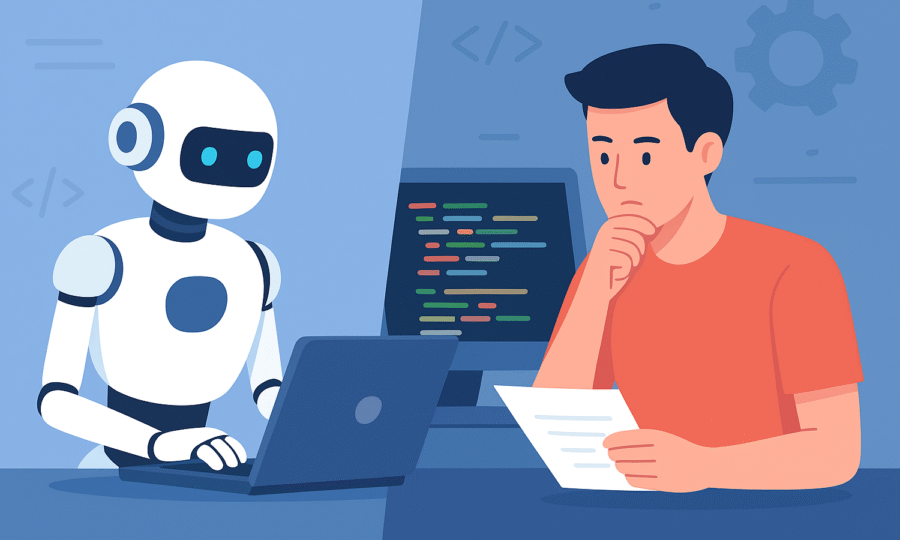
No-code platforms have changed the game for startups and small businesses. Tools like Lovable, Bubble, Webflow, and Airtable let founders build apps, websites, and internal tools quickly, without writing a single line of code. They are fast, affordable, and perfect for testing ideas and launching MVPs (Minimum Viable Products).
But no-code isn’t a silver bullet. There comes a point when your product outgrows these platforms. Understanding when to bring in a professional developer can save your startup time, money, and headaches.
In this post, we’ll explore why no-code has limits, the common signs that indicate you need a developer, and how to transition smoothly from no-code to custom development.
Why No-Code Can’t Solve Everything
No-code tools are excellent for building simple, functional products. But as your startup grows, you may face limitations in areas like:
- Scalability
No-code apps are designed for MVPs and small user bases. Once your user count grows or you need faster performance, these platforms may struggle to handle large-scale traffic or complex data operations. - Custom Features
Every startup has unique requirements. No-code platforms often offer pre-built modules and templates, but if you want custom workflows, integrations, or logic, you might hit a wall. - Flexibility & Control
No-code platforms have fixed ways of doing things. If you need complete control over your app’s design, security, or backend logic, you may need a developer. - Cost at Scale
Initially, no-code tools are cheaper than hiring developers. But when your app grows, subscription costs and workarounds can exceed the cost of building a custom solution. - Integration Limitations
Connecting multiple tools or third-party APIs often requires workarounds in no-code platforms. Developers can build clean, robust integrations that are faster and more reliable.
Signs You Need a Developer
Here are some practical signs that your startup may have outgrown no-code:
1. Your MVP Feels “Clunky” or Slow
If users experience lag, crashes, or slow load times, no-code might be limiting your performance. Complex features, large databases, or heavy traffic can slow down your app significantly.
2. You Can’t Build a Feature You Need
No-code platforms are great for standard features like forms, payment gateways, or basic user dashboards. But if you want advanced analytics, custom AI features, or unique workflows, a developer can build exactly what you need.
3. Your App’s Design is Limited
You might be stuck with pre-made templates or limited design options. If your brand requires a unique experience or polished interface, custom development is the way forward.
4. Integrations Are Painful
No-code tools allow integrations, but complex workflows across multiple apps can become unreliable and hard to maintain. Developers can build smooth, scalable integrations that save time in the long run.
5. You’re Spending Too Much Time on Workarounds
When simple tasks require hacks, third-party tools, or repetitive manual work, it’s a sign that no-code is no longer efficient. Hiring a developer can free up your time and simplify operations.
6. Security and Compliance Matters
For startups handling sensitive data, no-code may not offer enough control over security, privacy, or compliance. A developer can implement custom security protocols and ensure your app meets industry standards.
7. You’re Planning for Scale
If your startup is preparing for thousands or millions of users, no-code platforms may struggle to handle high performance and complex backend logic. Developers can build systems that scale safely and efficiently.
How to Transition from No-Code to Developers
- Audit Your Product
Identify which features, workflows, or integrations are limited by no-code. Determine what must be rebuilt for better performance. - Start Small
Don’t rebuild the entire app at once. Focus on the most critical features or pain points. - Hire Pre-Vetted Developers
Working with experienced developers saves time and reduces risk. Consider contractors or agencies that specialize in startups. - Keep Users in Mind
Ensure a smooth transition without disrupting user experience. Communicate changes clearly if necessary. - Plan for Scalability
Developers can build a system that grows with your business, avoiding repeated migrations or costly fixes.
Conclusion
No-code platforms are a fantastic way to launch fast, test ideas, and save costs, but they aren’t designed to scale indefinitely.
If you notice slow performance, limited features, integration struggles, or scaling challenges, it’s time to consider hiring a developer. Doing so early can prevent major headaches, improve user experience, and set your startup on a path for sustainable growth.
Remember: No-code is the start. Custom development is the growth.
Need help scaling your no-code MVP?
Our team provides pre-vetted developers ready to take your start-up to the next level.
Contact us today!



